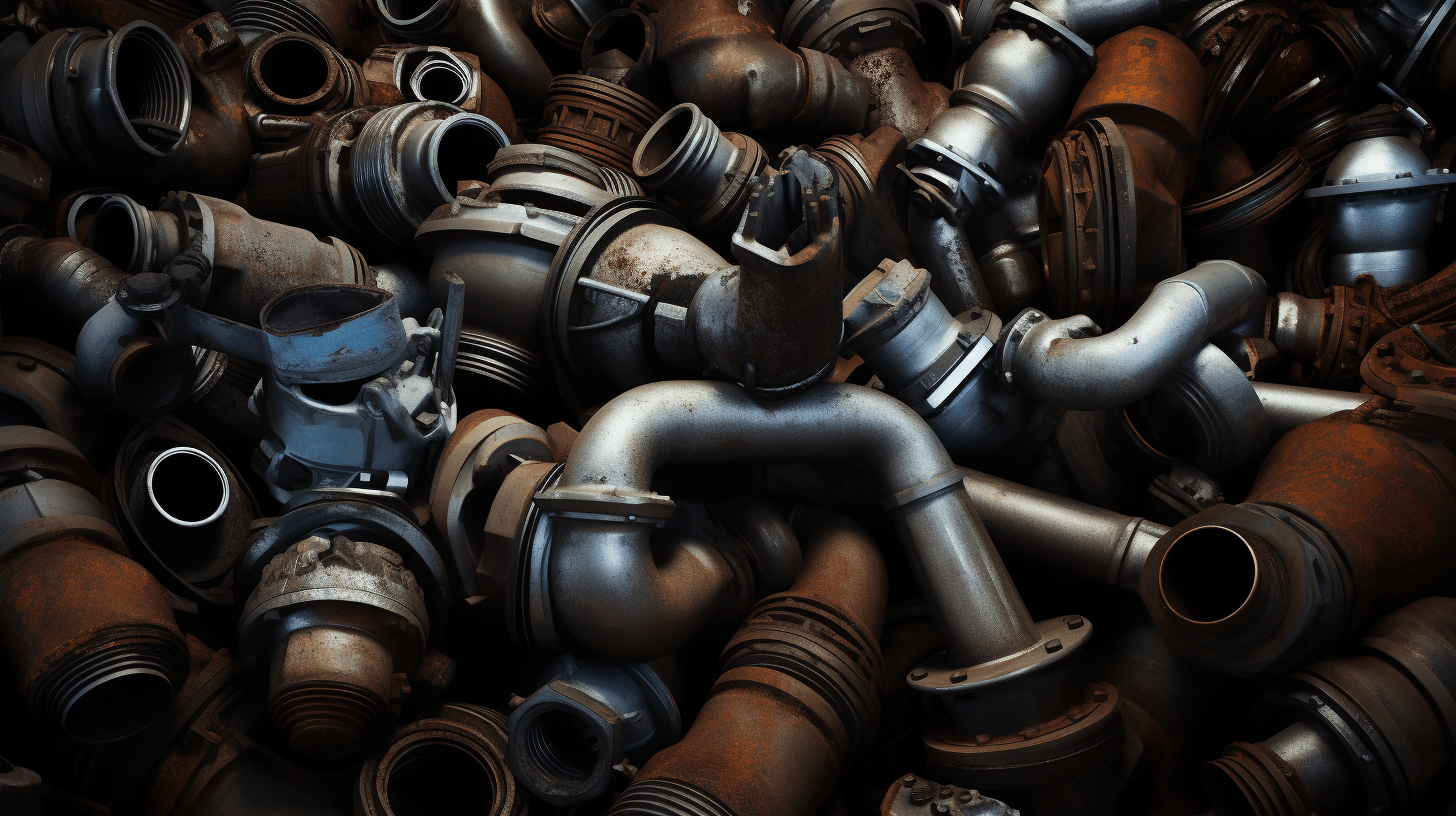Why Does a Catalytic Converter Have a Honeycomb Structure?

Understanding the Basics of a Catalytic Converter
A catalytic converter is a crucial device installed in the exhaust system of an automobile. Its primary function is to transform harmful exhaust emissions, including nitrogen oxides, carbon monoxide, and hydrocarbons, into less harmful substances like nitrogen, carbon dioxide, and water vapor. This transformation is achieved through a series of chemical reactions facilitated by the catalyst, which is typically composed of precious metals such as platinum, palladium, and rhodium.
The Honeycomb Structure of a Catalytic Converter
One of the most distinctive features of a catalytic converter is its honeycomb-like structure, which may leave many wondering why this particular design is employed. This structure is not a matter of aesthetics but rather a product of functional design aimed at maximizing efficiency.
Maximizing Surface Area
The honeycomb structure serves a very crucial purpose – to provide a large surface area for the chemical reactions to occur. The structure, made from a ceramic material, is coated with the aforementioned precious metals, which serve as the catalyst for the chemical reactions.
By having this honeycomb structure, the catalytic converter can maximize the surface area coated with these metals, thus increasing the number of sites where the reactions can take place.
In essence, the more area available for the exhaust gases to interact with the catalyst, the more effective the conversion of harmful substances into less harmful ones.
Promoting Efficient Gas Flow
In addition to maximizing surface area, the honeycomb structure promotes a smooth and efficient flow of exhaust gases through the catalytic converter. The thin walls of the honeycomb cells ensure that the exhaust gases can flow through the converter with minimal resistance, thereby reducing the risk of back pressure that could adversely affect the vehicle's performance.
Durability and Heat Tolerance
The honeycomb structure also contributes to the durability and heat tolerance of the catalytic converter. The ceramic material used to create the honeycomb structure can withstand the high temperatures encountered in the exhaust system. Moreover, the structure's uniform design allows it to absorb physical shocks and vibrations, ensuring that the catalytic converter remains intact and functional even under the harsh conditions of a vehicle's underbody.
Conclusion: The Ingenious Design of Catalytic Converters
In conclusion, the honeycomb structure of a catalytic converter is a fine example of functional design. By maximizing surface area, promoting efficient gas flow, and ensuring durability and heat tolerance, this structure plays a pivotal role in enabling the catalytic converter to effectively carry out its environmental mission. Thus, it is safe to say that the value of a catalytic converter extends far beyond the precious metals it contains; it lies also in the ingenious design that allows it to function efficiently and effectively.
